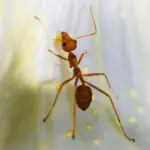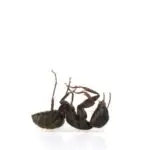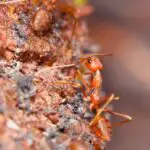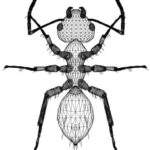Why Do Ants Change Color?
Amongst insects, ants are one of the most ecologically important groups. They are ectotherms, which means they change their body temperature when it’s cold outside. This ability makes them useful for a variety of purposes, including mate attraction and camouflage.
Colour variation within species has long been an intriguing issue. Ants can change their body colour and cuticle colour in response to environmental changes. This may be vital to their survival. Several species have transparent abdomens, which may reflect different colours. These may aid in regulating internal temperature.
To investigate this, scientists collected data on ants living on mountains in South America and South Africa. They also used this information to explore the relationship between ant colour and temperature.
They found that ants’ colouration changes depending on the external temperature. Increasing temperature causes ants to become lighter in colour. They also found that ants with larger bodies tend to be darker. These findings are consistent with predictions of scientists. However, the data on colour morphs within species is inconsistent.
The results of this study have implications for how ant communities are coping with climate change. It’s important to note that ants have been shown to quickly adapt to global warming. Some species have learned colour discrimination, regardless of the intensity of light. Others have increased light sensitivity by altering the optical properties of the visual system.
The study was carried out at the University of Liverpool. The researchers analysed data from 14 different mountains across South America and South Africa. The data was collected from ants at various stages in the colony.








